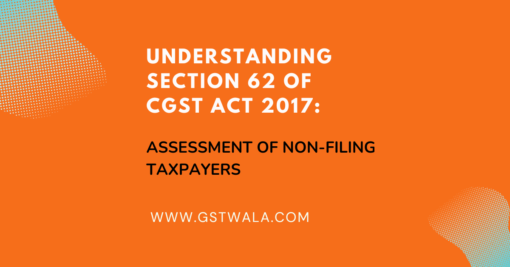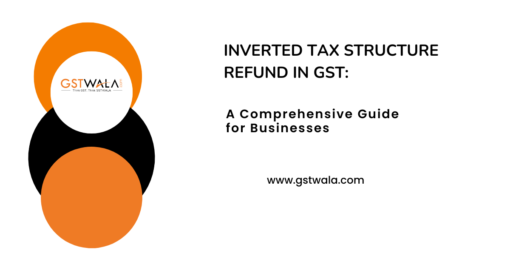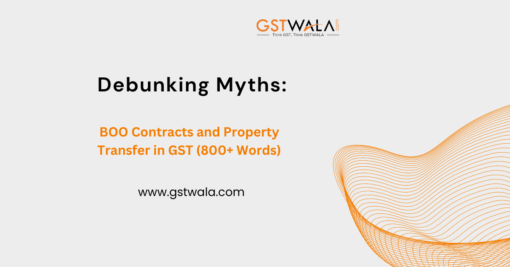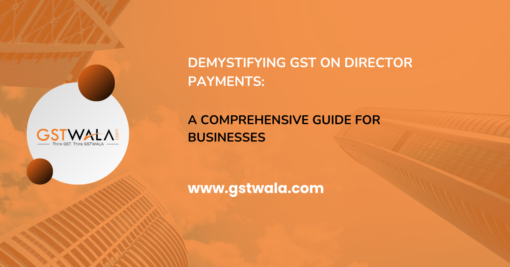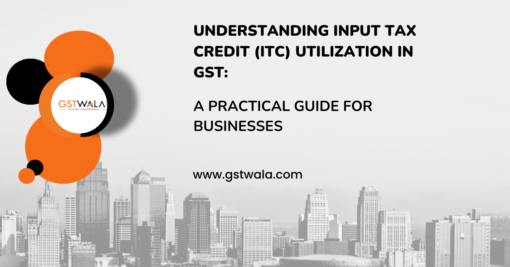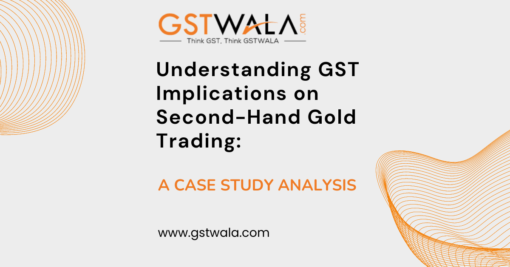
Understanding GST Implications on Second-Hand Gold Trading: A Case Study Analysis
A recent ruling by the Authority for Advance Rulings (AAR) in Karnataka has shed considerable light on the taxation nuances surrounding second-hand gold trading within the ambit of the Goods and Services Tax (GST) regime. The ruling specifically pertains to M/s. White Gold Bullion Pvt. Ltd., offering valuable clarity on the applicable tax implications for businesses engaged in this sector. Now, let’s embark on a detailed exploration of the ruling and its far-reaching implications for entities operating within the realm of second-hand gold trading.
Top of Form
Background: M/s. White Gold Bullion Pvt. Ltd. is involved in the buying and selling of used gold. The company purchases old gold jewellery from registered individuals, cleans, polishes, and resells them. Additionally, any unsold old jewellery or parts are melted into lumps or irregular shapes of gold and sold accordingly. Until now, the company was charging GST only on outward supplies as per Rule 32(5) of the CGST Rules, without including the margin difference between the sale and purchase prices.
Key Issues Addressed: The primary questions raised before the AAR were:
Can the company avail GST chargeability on the margin difference between the sale and purchase prices of second-hand gold, considering it’s purchased from unregistered individuals and later sold to registered or unregistered dealers after melting?
What is the appropriate HSN (Harmonized System of Nomenclature) code for old gold jewellery, both before and after melting?
Ruling and Analysis: The AAR, Karnataka, provided the following rulings:
Gold jewellery constitutes a distinct category of articles with unique characteristics. Melting gold jewellery into lumps or irregular shapes alters its fundamental characteristics, thereby changing its classification. Consequently, the company cannot avail the benefits of Rule 32(5) of the CGST Rules.
The HSN code for old gold jewellery is 7113. However, after melting and transforming it into lumps or irregular shapes of gold, the appropriate HSN code is 7108.
Implications and Compliance: This ruling has significant implications for businesses engaged in the trade of second-hand gold. It clarifies that GST chargeability based on the margin difference between sale and purchase prices is not applicable in cases where the nature of the goods changes due to processing activities like melting. Furthermore, understanding the correct HSN on the code for tax classification is essential for accurate GST compliance.
Relevant Provisions: Rule 32 of the CGST Rules outlines the determination of value for certain supplies. Specifically, Rule 32(5) addresses taxable supplies involving second-hand goods. It allows for the calculation of the value of supply based on the difference between the selling and purchase prices, provided no input tax credit has been availed on the purchase of such goods.
In conclusion, the recent ruling by the Authority for Advance Rulings (AAR) offers valuable clarity regarding the Goods and Services Tax (GST) treatment of second-hand gold trading activities. This ruling underscores the significance of precise classification and stringent compliance measures for businesses involved in this sector. It is imperative for entities operating within this domain to meticulously adhere to the prescribed rules and regulations to mitigate any potential tax implications.
At Gstwala.com, is we recognize the complexities inherent in GST compliance, especially in sectors such as second-hand gold trading. Our team of experts is dedicated to providing comprehensive guidance and support to navigate through these complexities seamlessly. By leveraging our expertise, businesses can streamline their GST compliance processes, ensuring smooth operations and strict regulatory adherence.
We encourage you to reach out to us for tailored assistance in optimizing your GST compliance practices and staying abreast of the latest developments in taxation laws. With Gstwala.com by your side, you can confidently navigate the intricate landscape of GST compliance, safeguarding your business interests and ensuring continued compliance with regulatory requirements.
Stay ahead of the curve with gstwala.com; Together, let’s simplify GST for a smoother business journey.
We are just a click away info@gstwala.comTop of Form
Top of Form


